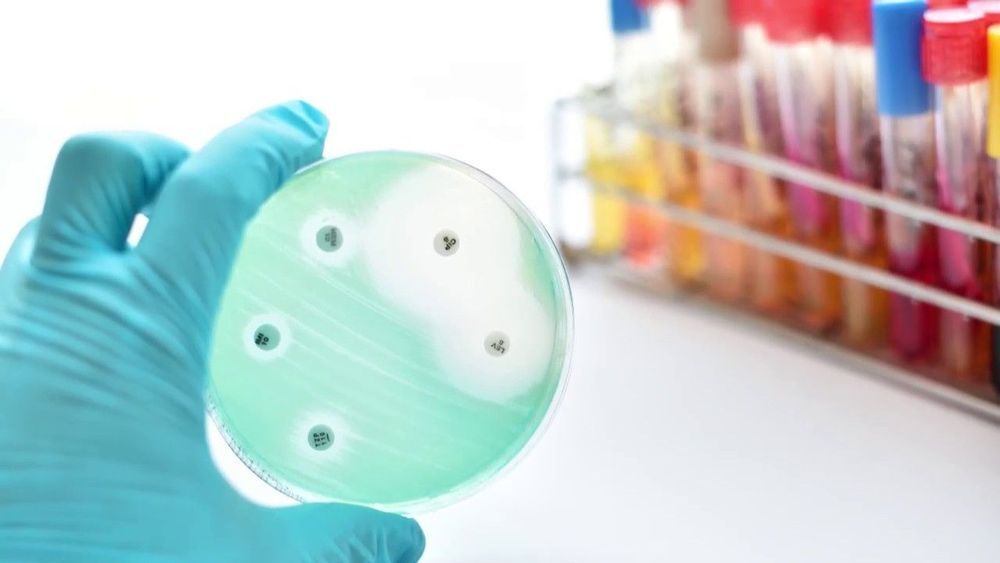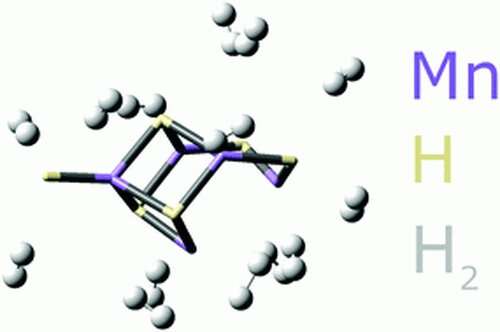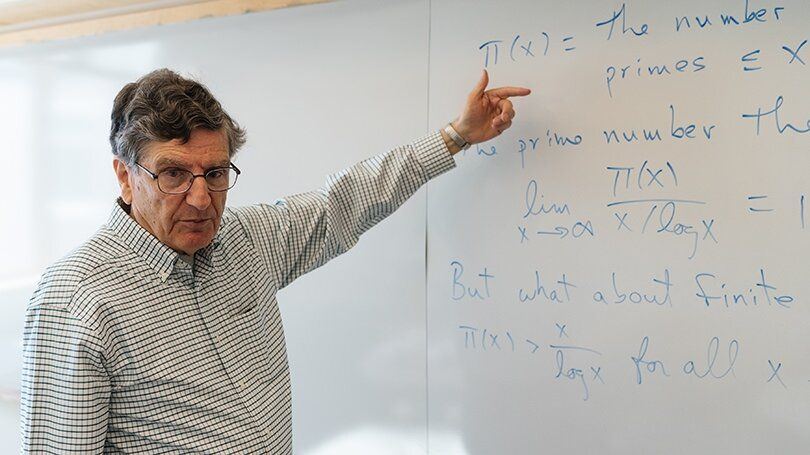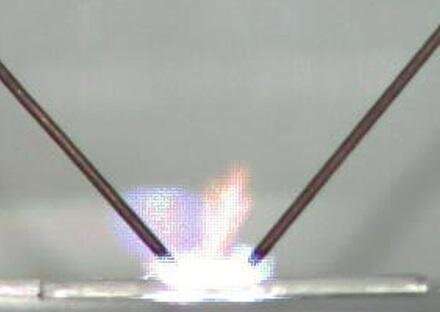May 17, 2019
Scientists find new type of cell that helps tadpoles’ tails regenerate
Posted by Quinn Sena in category: biotech/medical
Researchers at the University of Cambridge have uncovered a specialised population of skin cells that coordinate tail regeneration in frogs. These ‘Regeneration-Organizing Cells’ help to explain one of the great mysteries of nature and may offer clues about how this ability might be achieved in mammalian tissues.
It has long been known that some animals can regrow their tails following amputation—Aristotle observed this in the fourth century B.C. — but the mechanisms that support such regenerative potential remain poorly understood.
Using ‘single-cell genomics’, scientists at the Wellcome Trust/ Cancer Research UK Gurdon Institute at the University of Cambridge developed an ingenious strategy to uncover what happens in different tadpole cells when they regenerate their tails.
Continue reading “Scientists find new type of cell that helps tadpoles’ tails regenerate” »


















